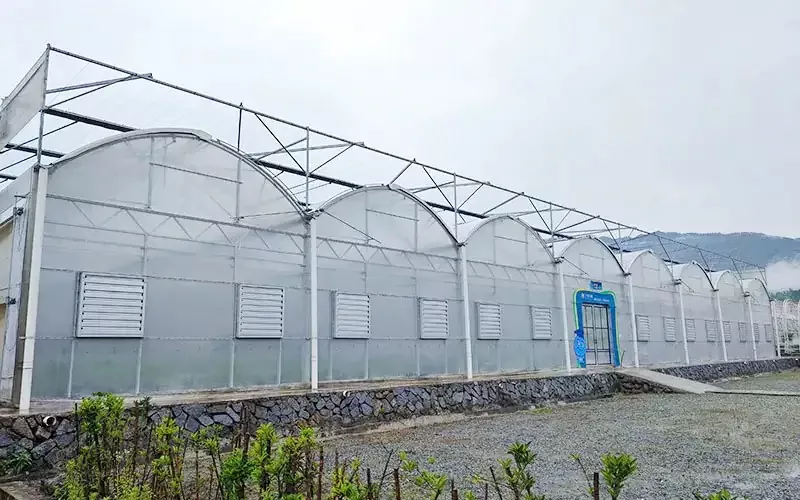How to Choose the Right Greenhouse Plastic
2025-02-25
Greenhouse plastic plays a crucial role in creating a controlled environment for plant growth. The right choice can significantly impact light transmission, temperature regulation, and durability. Here’s a guide to help you choose the best greenhouse plastic for your needs.
1. Consider the Material Type
There are different types of greenhouse plastic materials available, each with unique benefits:
- Polyethylene (PE): Affordable and widely used, available in both low-density (LDPE) and high-density (HDPE) varieties.
- Polycarbonate: Strong, impact-resistant, and offers excellent insulation.
- Polyvinyl Chloride (PVC): Durable but more expensive and prone to yellowing over time.

2. Assess the Thickness
Greenhouse plastic thickness is measured in mils (1 mil = 0.001 inches). Common options include:
- 3-4 mil: Suitable for temporary or short-term applications.
- 6 mil: Most common for long-term use, offering a balance of durability and flexibility.
- 10+ mil: Ideal for extreme weather conditions and high insulation needs.
3. UV Resistance and Light Transmission
- UV-resistant plastic lasts longer and prevents degradation due to sun exposure.
- Light diffusion properties help in even distribution of sunlight, preventing plant burns and ensuring optimal growth.
- Infrared (IR) blocking films reduce heat loss and help maintain a stable temperature inside the greenhouse.
4. Anti-Condensation Properties
Anti-drip or anti-fog coatings help prevent water droplets from forming on the plastic, which can reduce light transmission and promote disease growth.
5. Durability and Longevity
Consider multi-layer plastics or reinforced options for longer lifespan and better performance in extreme climates.
6. Cost vs. Quality Balance
While budget is a factor, investing in high-quality greenhouse plastic with UV protection and insulation properties can save money in the long run by reducing replacement frequency and improving plant growth.
Conclusion
Choosing the right greenhouse plastic involves evaluating factors such as material type, thickness, UV resistance, and durability. By selecting the best option suited to your climate and plant requirements, you can create a more efficient and long-lasting greenhouse environment.


